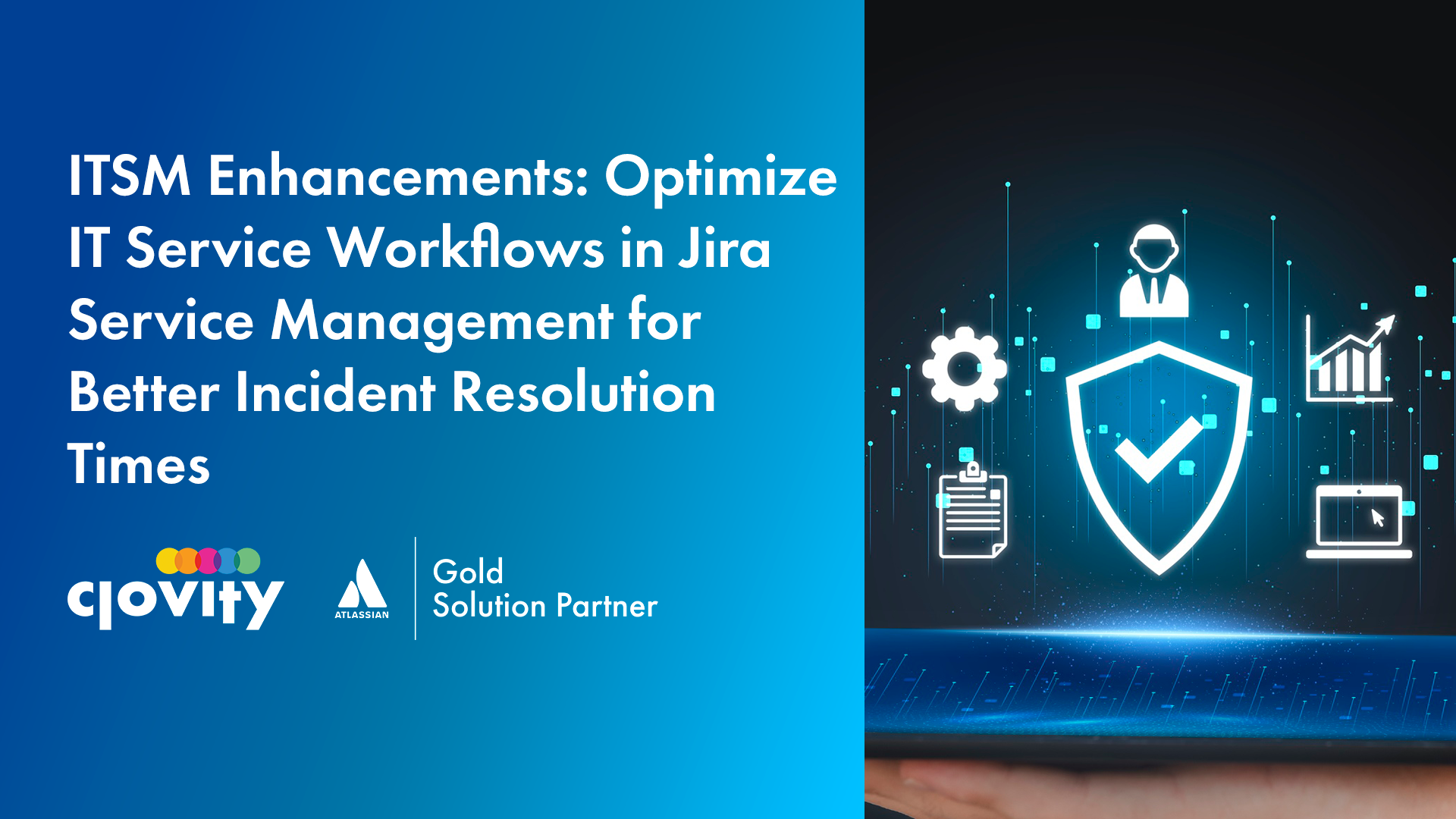Managing IT service workflows effectively is crucial to maintaining smooth operations and meeting the expectations of both internal and external stakeholders. Jira Service Management (JSM), part of the Atlassian ecosystem, offers a comprehensive platform for IT service management that helps teams stay organized and responsive. In this blog post, we’ll explore how to optimize ITSM workflows within JSM to achieve faster incident resolution times.
1. Analyzing Your Current ITSM Workflow
Before implementing any changes, it’s essential to thoroughly assess your current IT service workflows. Identify bottlenecks, areas of delay, and repetitive manual tasks. Utilizing JSM’s built-in reporting and analytics tools can help pinpoint issues and provide insights into areas that require optimization.
2. Automating Routine Tasks
One of the best ways to optimize workflows is to automate routine tasks such as ticket assignment, notifications, and status updates. In JSM, automation rules can be set up to trigger actions based on specific conditions. For example, automatically assigning high-priority incidents to the on-call engineer can reduce response times significantly.
3. Setting Up Smart Incident Routing
Efficient incident routing ensures that tickets reach the right team or individual without unnecessary delays. By configuring automation rules and using components or custom fields, teams can categorize incidents accurately and assign them promptly to the most appropriate personnel.
4. Creating a Knowledge Base with Confluence
Integrating Confluence with JSM enables you to build a comprehensive knowledge base that agents can access directly from the service desk. Having well-documented solutions and troubleshooting guides on hand reduces resolution times, as agents can quickly find answers to recurring issues.
5. Implementing SLA Policies
Service Level Agreements (SLAs) help maintain accountability and ensure that incidents are addressed within the expected timeframes. In JSM, you can define SLA metrics that measure response and resolution times, helping teams prioritize tickets accordingly. Use SLA reports to analyze trends and make data-driven adjustments to your workflows.
6. Monitoring and Reporting
Tracking performance metrics is essential for ongoing optimization. JSM’s reporting features provide insights into resolution times, ticket volumes, and team performance. Regularly reviewing these reports helps identify potential improvements and keeps your IT service management on track.
7. Continuous Improvement
Optimization is not a one-time effort. Regularly revisiting your workflows and soliciting feedback from IT service agents will ensure that your processes evolve to meet changing needs. Encourage team members to share their experiences and propose enhancements that improve incident resolution.
Conclusion
Optimizing IT service workflows within Jira Service Management leads to faster incident resolution and a more efficient support process. By leveraging automation, incident routing, knowledge base integration, and performance monitoring, IT teams can achieve consistent, reliable results.
📧 Contact us at sales@clovity.com or visit 🌐 atlassian.clovity.com to get started today.


